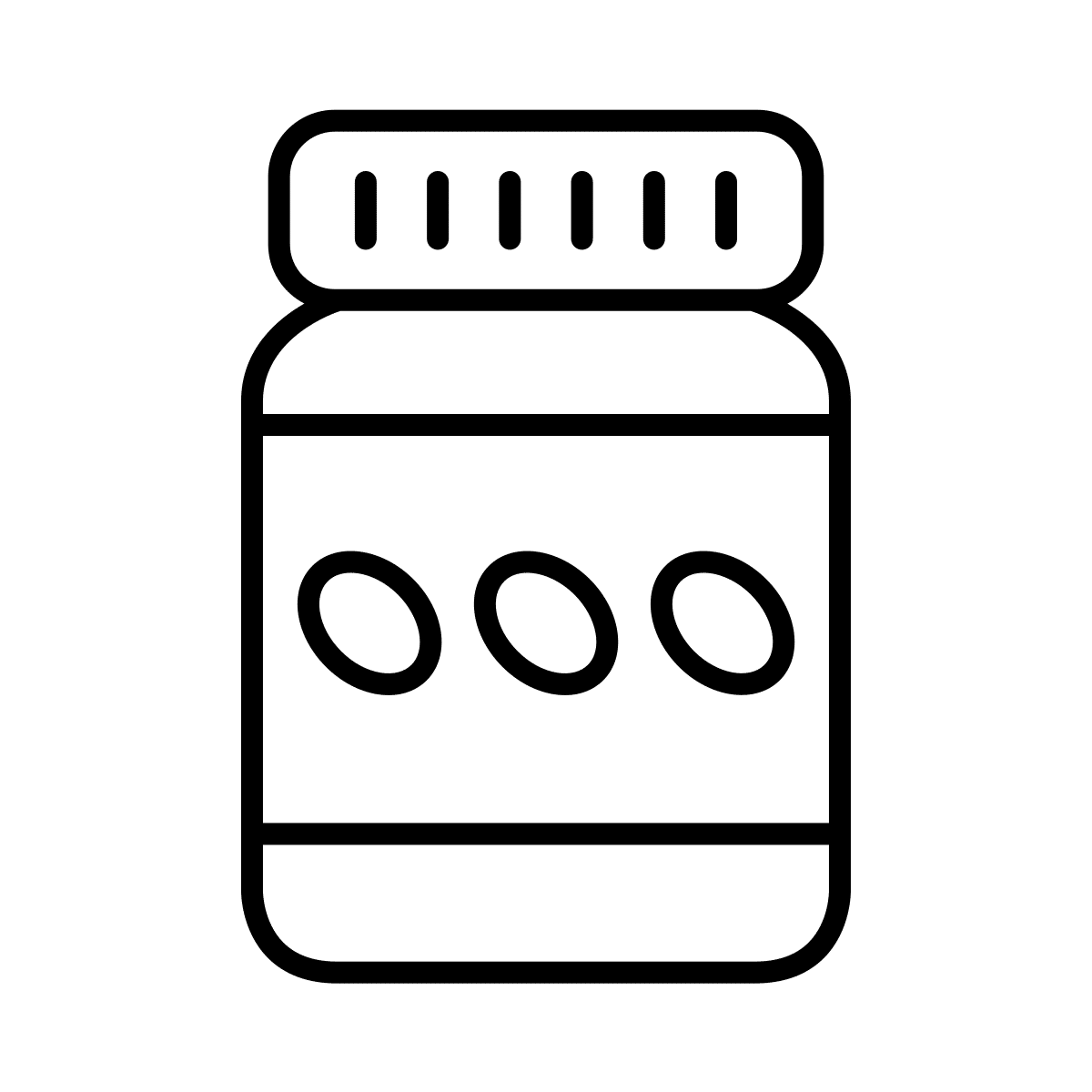Thinking about launching an ecommerce app? Find all the info you need about development, essential features, and how to pick the right software and agency.
Is your mobile web traffic surging? We’d bet the answer is yes. Mobile drives 65% of all visits to ecommerce sites, and smartphone shopping will account for 73% of all ecommerce sales by the end of 2021, versus desktop’s 27%.
Mobile is the beating pulse of e-commerce, with touchscreen gestures like swipe, tap and zoom replacing a leisurely stroll down the aisles.
B2C or B2B, the shift to mobile is happening right now, and adding a mobile ecommerce app to your channel arsenal is more urgent than ever. But if you’re new to ecommerce mobile app development, it’s hard to know where to begin.
Best practice is evolving. You can choose between full-bodied native apps and lighter (but still full-featured) progressive web apps (PWAs)s. And there’s a range of development choices — the days when apps needed big budget builds and 8-month timelines are long past.
To help you get started, here are our ten tips for developing a world-beating e-commerce app that will keep customers coming back.
It isn’t either/or anymore
To win at the ecommerce game, you have to throw away reductive choices about mobile or desktop, app or mobile website, app or social shopping. To be where the customers are, you need a multi-channel approach to embrace all channels.
Capturing a potential purchase from intent to checkout sometimes means letting customers ping-pong between all the above. But your mobile app should be the strategic centrepiece.
Apps consume 90% of smartphone time. Big business or independent shop, as more purchases happen on handheld devices, apps have become a critical requirement.
The pandemic has shoppers flocking online — and online increasingly means mobile. You need to offer the best mobile shopping experience available. And only apps can deliver.
“To be where the customers are, you need an approach that embraces all channels.”
B2C or B2B, ecommerce apps just make sense
E-commerce app development isn’t just for retail and consumers. It makes sense for B2B buyers too.
Here’s how apps help both groups.
Apps speed up and simplify complex B2B ordering processes.
B2B buyers want the best price, but they place a premium on efficiency too. Most live their professional lives on the go and sitting down at a laptop every time they want to make a purchase or re-order a component often isn't convenient.
With features like barcode scanning, image search, speech-to-text, location-aware services, gestures, offline access, push notifications, messenger integration, touch login and integration with mobile wallets – all proven tactics for optimising the digital experience, driving revenue and building loyalty.
Apps can also help B2B brands support sales teams, channel partners, customer support and field technicians. Sales can use apps to access accounts, quickly create discount codes or other incentives, configure quotes or place orders on the road, at a sales call or on the tradeshow floor. Support and field teams can order hardware, replacement parts, make account upgrades, and apply credits on-site.
Apps deliver the seamless UX and personalisation consumers demand.
Apps deliver the best user experience (UX). With Facebook, Uber, Instagram and Netflix leading the pack, excellent UX is now a baseline requirement. That means easy checkout, intuitive navigation, push messages, live customer support chat, integrated loyalty programmes, contactless payment — all the things apps do brilliantly, but which mobile websites struggle to deliver.
Now that the importance is clear, let’s dive into the 10 steps you need to consider when looking at e-commerce app development.
“Mobile is the beating pulse of e-commerce, with touchscreen gestures like swipe, tap and zoom replacing a leisurely stroll down the aisles.”
Ten steps to excellence in e-commerce app development
01 Start with an MVP
If you're building an app for the first time, it makes sense to keep it simple. Start with a minimum viable product (MVP) to get the direction and framework right.
In most cases, an MVP is more than enough to hit initial objectives. After that, you can keep your eye out for features that can enhance UX even more. If you build the app on a flexible platform, you can upgrade and add functionality later, without disrupting sales or draining your wallet.
02 Know thy user
Every ecommerce app project should begin with research. It's ultimately a marketing initiative so you need to be clear on who will use it to buy your products or access your services.
Product? Service? An app is a bit of both — as well as a new customer touchpoint. Carry out research that considers what end users value most in all three categories.
03 Be clear about your goals
Adding an ecommerce mobile app can have several benefits, including increased loyalty, increased customer communication, and expanded marketing options. Still, their core ROI comes in the form of improved conversion and increased average-order-value (AOV).
Know where you score currently on those key metrics, and perhaps drill down further into geographies and demographics if your online customer base is broad enough. Then set objectives. What percentage of sales does mobile deliver currently? Where do you want it to be? How happy are B2B buyers with the mobile ordering process? What would make them use the app more?
To that end, look at any pain points that an app could help overcome. Is there a point of friction where mobile web sessions typically drop off? Are you losing customers to a competitor that’s somehow doing mobile better?
04 Secure team buy-in
An ecommerce app may be marketing focused, but in the end, it would touch many departments from finance to customer service. You need multiple stakeholders to get on board and support the project from start to finish.
Explain to them what the app can achieve, and demonstrate ROI. For B2C brands, ecommerce apps convert visitors to buyers at 3-times times the rate of mobile responsive websites, and AOV is 50% higher. For B2B brands, B2B ordering apps reduce ordering time by 60%, reduce sales admin effort by 40%, improve re-orders and increase loyalty.
05 Define the best features & functionalities
Based on your market research, choose the features and functions your target users value most. We’ll get into this in more detail in the next section.
06 Choose the right app technology
Today you can choose from two types of app, traditional ‘native’ apps, and progressive web apps (PWAs). Both have capabilities responsive that websites can’t offer.
A native app is a piece of software that users download from an app store and install 'natively' their phones. A PWA delivers you most of the benefits of a native app — but directly in web browsers.
Native apps offer robust functionality and the opportunity for deeper personalization in terms of offers and customer communications. They can also open up an additional revenue channel: the App Stores which draw millions of users every day.
PWAs look and feel like native apps, but with no need to download and install from an app store. Big brands like Target and Alibaba are using PWA’s to increase conversion and revenue. Analysts Gartner believe they’ll replace more than half the mobile-responsive websites by the start of next year.
07 Platform or bespoke?
Creating an app used to mean hiring developers or engaging an agency to build something new from the ground up. Today you can choose between bespoke development and
app building platforms that use prebuilt modules and templates to speed up and simplify the process.
Bespoke app development is still the premium. It costs more, but the personalization you can achieve might be worth it. A custom development project starts at ca. $60,000 for the initial build, and then adds monthly maintenance and support fees. Delivery can take anywhere from 6 months to a year.
Most B2C and B2B companies can achieve everything they need for an MVP with an ecommerce app building platform . That approach offers a balance of features and cost-savings that can still deliver apps that are full-featured, impressive to look at, with purchase journeys designed to convert.
Depending on the company, you can add specific (custom) features along the way and new feature roll-outs are included in the subscription. The initial outlay for an SaaS app-building solution is around $2,000, followed by monthly subscription fees in the $300-400 range.
08 Get expert advice
SaaS or bespoke, you’ll need an app development expert to guide you through the build, give the app shape, and create a rollout plan.
They can advise you whether to go for a progressive web app or native app, tell you which features and UX works best in your industry, and help you design, launch and market your app.
09 UX, UI, and design
An app expert will also help make sure the app reflects your branding and tone-of-voice. Only an expert in App UX and design will be able to advise you properly on how to achieve the colour schemes, select appealing visuals, and smooth the navigation as customers move from one page to another.
They’ll also show you how to engineer a purchase journey that gets shoppers to check out quickly, while also driving incremental sales.
10 Don’t neglect app marketing
Even after a successful go-live, your app project isn't done. You'll need to push the app up the rankings with app marketing techniques like app store optimisation (ASO). Promotional campaigns using smart app banners, social media ads, newsletters, and including an app download button on every B2B invoice is vital.
An app building expert will have the specialist expertise you need to market effectively in what is still an emerging area.
The five essential features when considering e-commerce app development
01 Make registration easy
Sign-ups ought to be a no-brainer if you have the products and service people want, but apps like Uber and Airbnb have set the bar pretty high. If customers have to work too hard and fill in too many fields to create an account from the app, you might just lose them.
Using social sign-in, for example, makes registration and login a 2-3 click operation.
02 Make checkout easy too
To keep customers from abandoning their carts, the checkout process should be as easy as possible. Help them save their card and e-wallet details and take them faster through the payment gateways. And offer a multitude of payment options.
Don’t let them discover at the final hurdle that you don’t support their preferred option. Offer payment by credit card, debit card, net banking, and encourage them to use your app’s built-in wallet whenever you can.
03 Offer wishlists
Wish lists are a great way to capture shoppers early in the buying decision process. When a customer is researching potential products, give them the option to save items in a wish list with just one click. When they have the funds or complete their research, knowing they have it all saved in the app makes it easier to come back and click ‘buy.’
04 Enable push notifications
Push notifications are one of the most essential features for a successful e-commerce mobile app. They improve customer engagement and give you a new communications channel for marketing campaigns.
You can keep customers informed about the progress of orders, prompt them when they're close to a physical store location, offer app-only discounts, and inform them of upcoming sales.
Add data and analytics, and you'll have the intelligence you need to offer cross-sell and up-sell opportunities for incremental sales.
05 Attach Analytics
If it’s worth launching, it’s worth measuring. Usage, traffic and activity may all point to a successful start, but without data, it's all guesswork.
Using Google Analytics or another leading app analytics service like Firebase will show what users like most about your app, where they spend most and least time, which promotions are most effective, and reveal insights about specific customer segments and demographics.
What’s my budget?
It used to be that ecommerce app development meant a native app built by a bespoke development team. Today you have options that deliver big brand results for SME budgets. For most brands, the SaaS app building platform discussed above is the way to go.
It's cost-effective, offers all the features you need for an MVP out of the box, and it gets you from concept to go-live quickly. The best solutions provide extensive customisation, full branding, and seamless synchronisation with your existing ecommerce back-end. That means any changes to product catalogue or payments settings is reflected instantly in the app.
There are cheap options that start from 50 dollars a month and low-low setup fee, but features and design options are pretty basic, and you have to wonder how secure and future-proof the technology is.
With a best-in-class platform like JMango360, you gain all the benefits of SaaS plus a unique design, full marketing support and maintenance. You’ll be able to send out push messages and access app analytics. We’re trusted by big brands, but affordable for businesses of all sizes. In most cases, our apps are up and running in 30 days – rather than the 6-8 months you’d expect with bespoke development.
How do I choose the right app building platform?
Of course, you'll need to assess the bona fides of a potential app partner the way you would with any professional services vendor.
Check how long they’ve been trading, ask who their customers are, get case studies and references, and understand both team depth and the kind of ongoing support you can expect after the app launches.
-
After those big questions are answered, you can probe further:
How much input will you have?
How will you communicate, and how frequently?
What’s the time scale?
How will the partner analyse the market, identify opportunities, and make recommendations?
Apart from selecting features, how else will the agency support ongoing app development?
After launch, what level of support can I expect?
What level of app marketing support can I expect? Will app store optimization be included? Can the partner help design push notification campaigns?
How will we measure success, what analytics tools will be used, and how frequently will reporting take place?
What about data privacy and app security?
Jmango360: The e-commerce app experts
The market is loaded with ecommerce apps of every shape and size, and that means you have to work harder to stand out from the crowd.
If you make ‘customer-first’ the overarching principle and make every decision based on what will make it easier for an end-user to say yes, you’ll be well ahead of the pack.
Despite the recent mobile surge it hasn’t all been done yet, and a lot of ecommerce apps overload users with features and add-ons they don’t need. Delight customers, take the friction out of their mobile shopping experience and solve problems they may not even realize they had.
At JMango360 — we get it.
We’ve been building successful ecommerce apps since 2008 and improving mobile results for B2B and B2C companies alike. We were one the first to realise that the smartphone shopping channel was growing rapidly, but out of reach for too many.
So we developed a SaaS platform to democratize mobile growth. We can launch a best-in-class app in just 4-6 weeks – beautifully designed and fully functional with all the bells and whistles. It lets B2C and B2B companies create a native app or PWA, manage it, promote loyalty, and track analytics without big budgets or development teams. And once it's built, we’ll support you with app marketing services to drive results.
For an affordable monthly subscription fee, you’ll soon be driving sales and conversion through the roof. Want to know more? Get in touch with us today.








